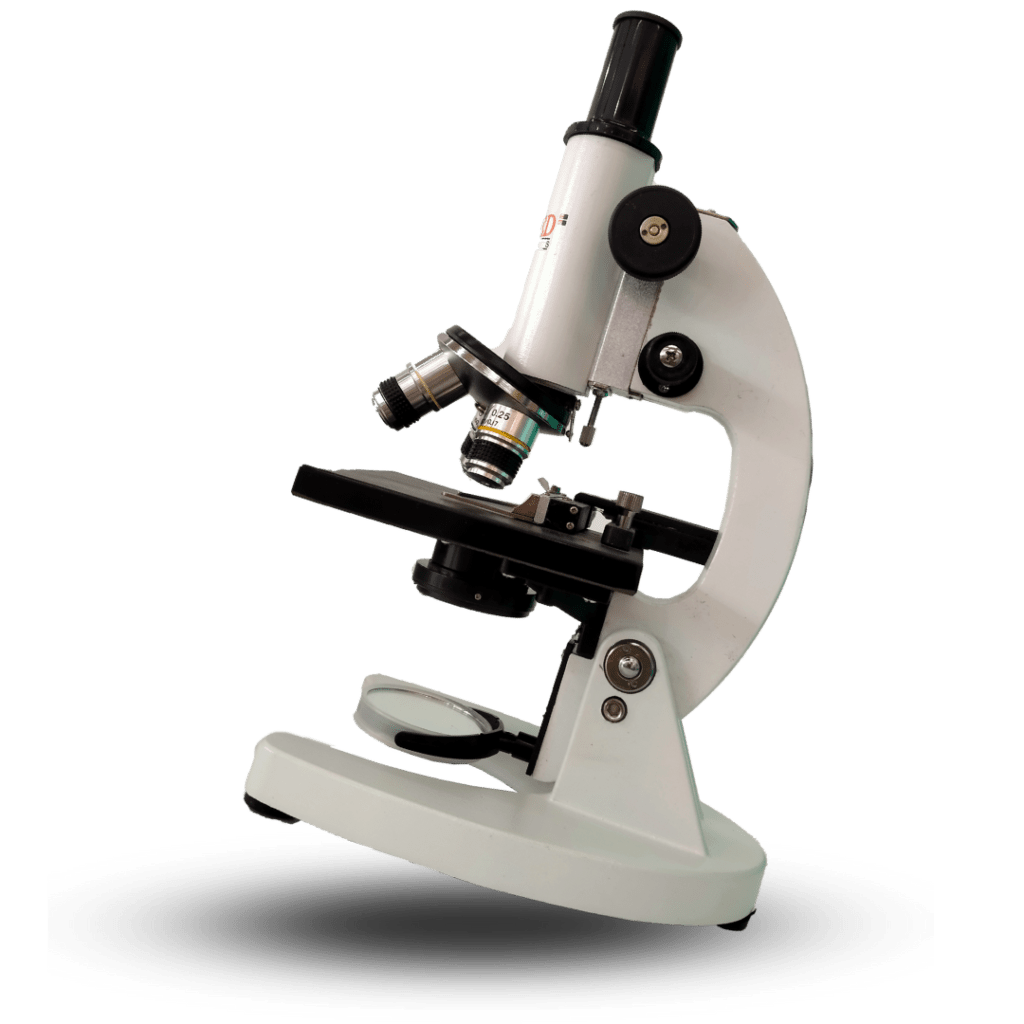Like any mechanical system, anaerobic digesters can encounter issues that significantly affect their efficiency and performance. In this article, we will explore common anaerobic digester troubleshooting practices and provide guidance on when it’s necessary to seek professional support and maintenance to keep your digester operating smoothly.
One of the primary indicators of an anaerobic digester’s health is the gas production. A decrease in biogas generation might indicate an issue within the digester. Regularly monitor gas levels to ensure they are consistent with historical data. If you notice a significant drop, it could be due to feedstock variations, operational changes, or potential digester problems.
Anaerobic digestion is sensitive to temperature changes. Optimal operating temperatures are necessary for the activity of microorganisms that break down organic matter. Sudden drops or spikes in temperature might lead to reduced biogas production or even process failure. Regularly measure and record temperature data at different points within the digester to spot any irregularities.
Foaming or scum buildup on the surface of the digester can be a common issue. This can disrupt the anaerobic process and lead to reduced gas production. If you notice excessive foaming or thick scum layers, it might indicate an imbalance in the digestion process, potentially caused by improper mixing, nutrient deficiencies, or excessive organic loading.
The pH level is a critical parameter for the anaerobic digestion process. It indicates the acidity or alkalinity of the digester environment. A significant deviation from the optimal pH range can inhibit the microbial activity responsible for biogas production. Regularly monitor pH levels and take corrective actions if it falls outside the recommended range.
Apart from monitoring gas production, it is essential to check the composition of the biogas. Biogas typically consists of methane (CH4) and carbon dioxide (CO2). A shift in the gas composition, with a decrease in methane content, might signify digester issues. Use gas analyzers to assess the biogas composition and address any anomalies promptly.
Proper mixing is vital for efficient anaerobic digestion. Inadequate mixing can lead to poor distribution of microorganisms, resulting in incomplete degradation of organic matter and reduced gas production. Regularly inspect and maintain agitators or mixing systems to ensure consistent and uniform mixing within the digester.
The type and quality of feedstock directly impact anaerobic digestion. If the feedstock composition changes significantly, the digester might struggle to adjust, leading to reduced biogas output. Analyze the feedstock regularly and avoid sudden shifts in input materials.

Reach out to our team today to see how we can significantly improve your system efficiency and profitability.
When to Seek Professional Support
While some minor issues can be resolved with basic troubleshooting, certain situations call for professional support and maintenance:
Conclusion
Regular monitoring and proactive maintenance are crucial to ensure the smooth operation of anaerobic digesters. By keeping an eye on gas production, temperature, pH levels, and other key parameters, operators can catch and address minor issues before they escalate. However, in the face of persistent problems or major failures, don’t hesitate to seek professional support to get your digester back on track, enabling you to continue reaping the environmental and economic benefits of anaerobic digestion.
We will be in touch within the next business day
We will be in touch within the next business day
We will be in touch within the next business day
We will be in touch within the next business day
We will be in touch within the next business day
We will be in touch within the next business day